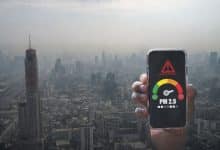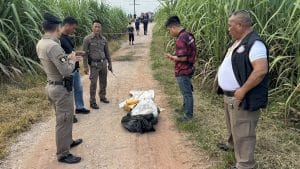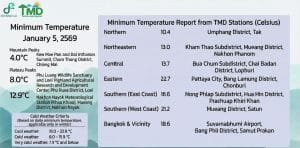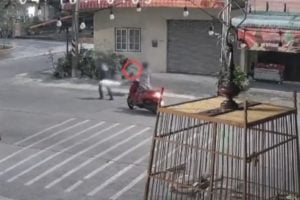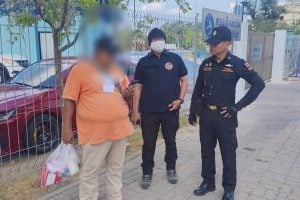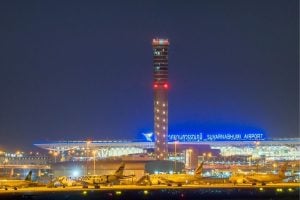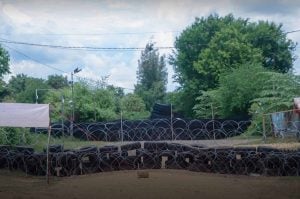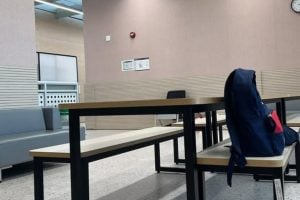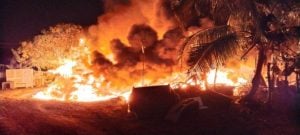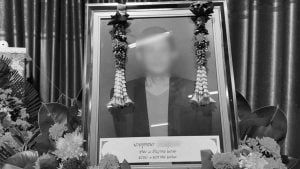Thailand govt urges use of public transport amid rising PM2.5 pollution
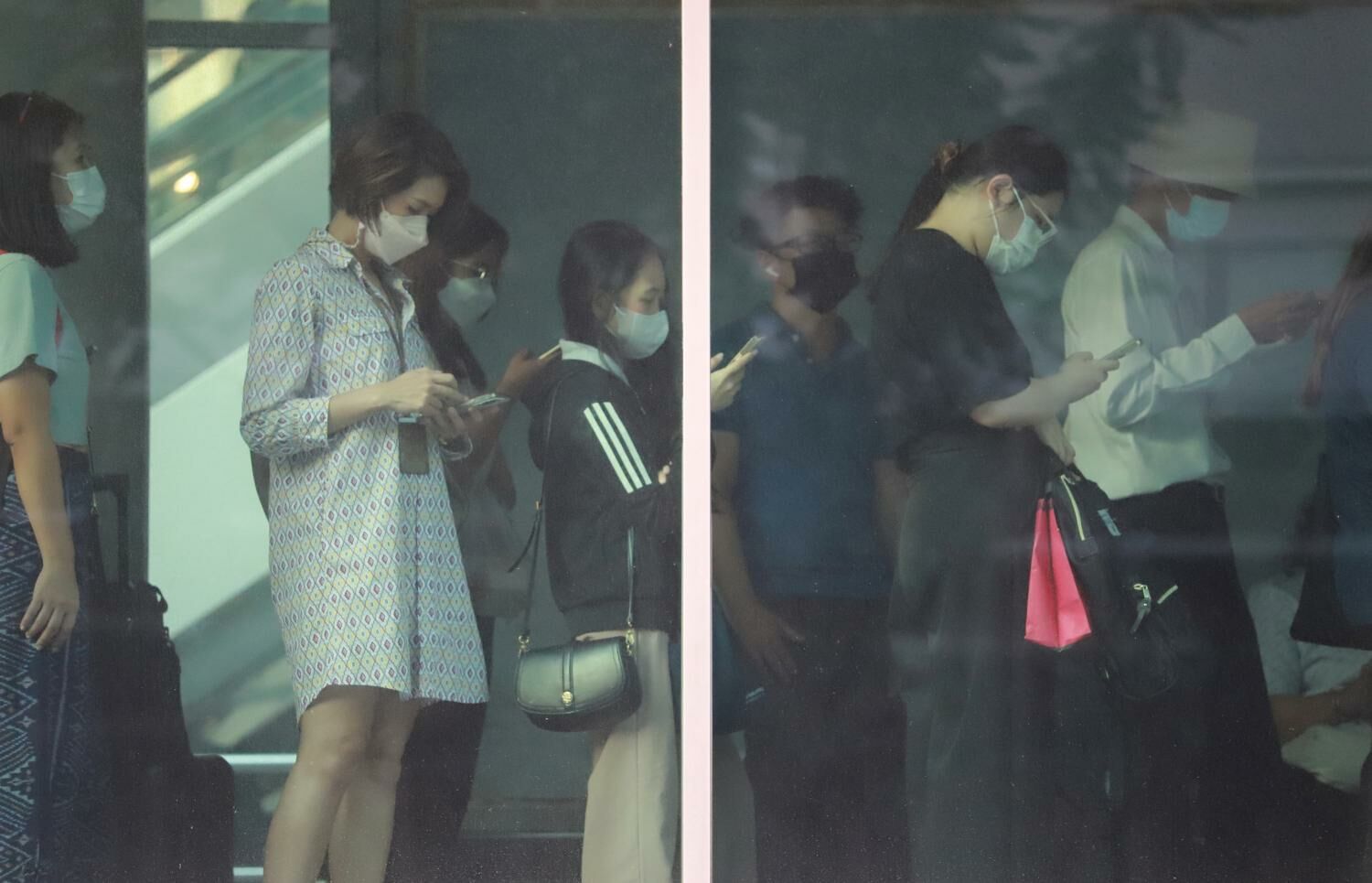
The escalating issue of PM2.5 pollution in Thailand has led the government to encourage the public to utilise public transportation, particularly in the most polluted areas. Prime Minister Srettha Thavisin called for the public’s cooperation in the battle against the country’s increasing air pollution, which has seen a significant rise in recent days.
“We must work on improving the situation instead of just talking about it.”
PM Srettha emphasised the need for proactive action over-relying on favourable weather conditions to naturally dissipate the pollution.
These remarks came following a briefing on the national PM2.5 dust pollution situation, held at the Pollution Control Department (PCD). Provincial governors have received instructions to prevent open waste burning within their provinces, and related departments have been tasked to liaise with neighbouring countries to curb the same.
To foster long-term air quality improvements around the capital, the government is contemplating introducing incentives for motorists to switch to electric vehicles, along with plans to relocate the bustling Klong Toey port outside the city.
For now, the Thai PM advises commuters to utilise public transportation as much as possible, particularly as fares along the Purple and Red lines have been set at a maximum of 20 baht. The government is making efforts to extend this scheme to other lines within the capital, reported Bangkok Post.
On Thursday, hazardous levels of the ultrafine PM2.5 pollutant were reported in forty-four provinces, including Bangkok, as per a task force responsible for monitoring air quality. This task force is spearheaded by the Ministry of Higher Education, Science, Research and Innovation and the Geo-Informatics and Space Technology Development Agency (GISTDA).
The provinces of Ang Thong, Samut Songkhram, Saraburi, Sing Buri, and Samut Sakhon reported the highest average concentration of PM2.5 in the atmosphere on Thursday, with 188.1, 148.7, 128.4, 127.8 and 126.1 microgrammes per cubic metre of air (μg/m3) respectively, according to the task force.
On the same day, 48 districts in the capital also reported hazardous levels of PM2.5 dust. Consequently, IQAir, a Swiss company providing global air quality data, ranked Bangkok ninth in the world for worst air pollution.
Bangkok Governor Chadchart Sittipunt confessed yesterday, February 15 that City Hall lacks the authority to compel public and private organisations in Bangkok to adopt work-from-home measures to reduce emissions. Instead, they can only request cooperation. This appeal was largely disregarded yesterday, with traffic congestion during peak hours remaining largely unaffected.
The Department of Health’s recent survey revealed that children aged between 5 and 14 are the most affected by the negative impact of air pollution. Approximately 34% of individuals within this age group have experienced various respiratory problems linked with high levels of hazardous dust particles, according to Dr Achara Nitiapinyasakul, director-general of the department.
In a related development, Thanu Wongjinda, secretary-general of the Office of the Basic Education Commission (OBEC), announced that schools in areas designated as PM2.5 red zones are allowed to decide whether to suspend onsite classes when air pollution reaches unhealthy levels. According to Wongjinda, schools have the authority to suspend classes for up to a week if necessary.
Latest Thailand News
Follow The Thaiger on Google News:
